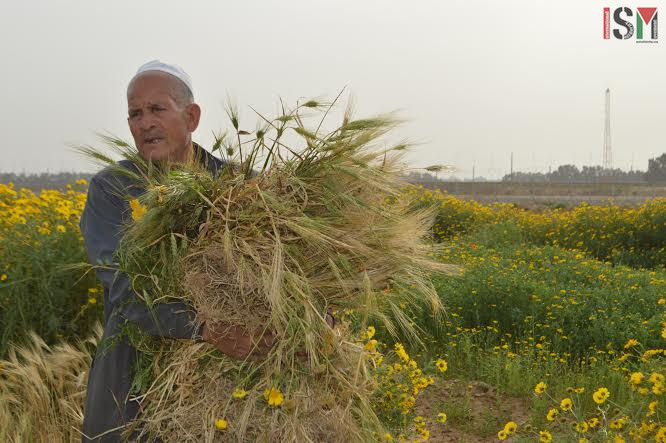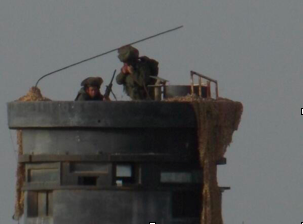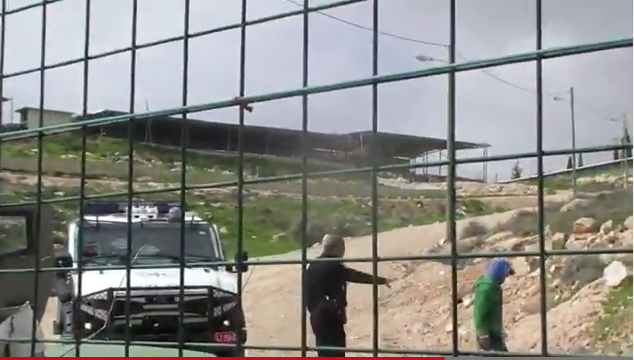Tag: Farmers
-
Journal: Khuza’a, the farm life
31st March | Rina Andolini | Khuza’a, Occupied Palestine This is what conversations in Gaza consist of: I asked, “When they are shooting, what’s the best thing to do?” “Get down on the ground,” he answered, “and move away quick as you can.” It was a stupid question; I knew the answer. I guess I was hoping for a response that would…
-
In Gaza the farmers irrigate the land with their blood
18th March 2015 | Valeria Cortés | Khuza’a, Gaza, Occupied Palestine Tilling the land in Gaza is one of the most dangerous jobs in the world. The Zionist Occupation Forces fire on the peasants and their families while they sow or harvest their own land near the infamous Zionist fence which surrounds Gaza. They also burn their…
-
Israeli forces arrest two shepherds in the South Hebron Hills
5th March 2015 | Operation Dove | South Hebron Hills, Occupied Palestine On the morning of February 28, Israeli police arrested two Palestinian shepherds as they grazed their flock in the valley of Umm Zeitouna near the Israeli settlement of Ma’on. In late morning the security chief of Ma’on settlement and Israeli soldiers arrived in Umm Zeitouna valley…



